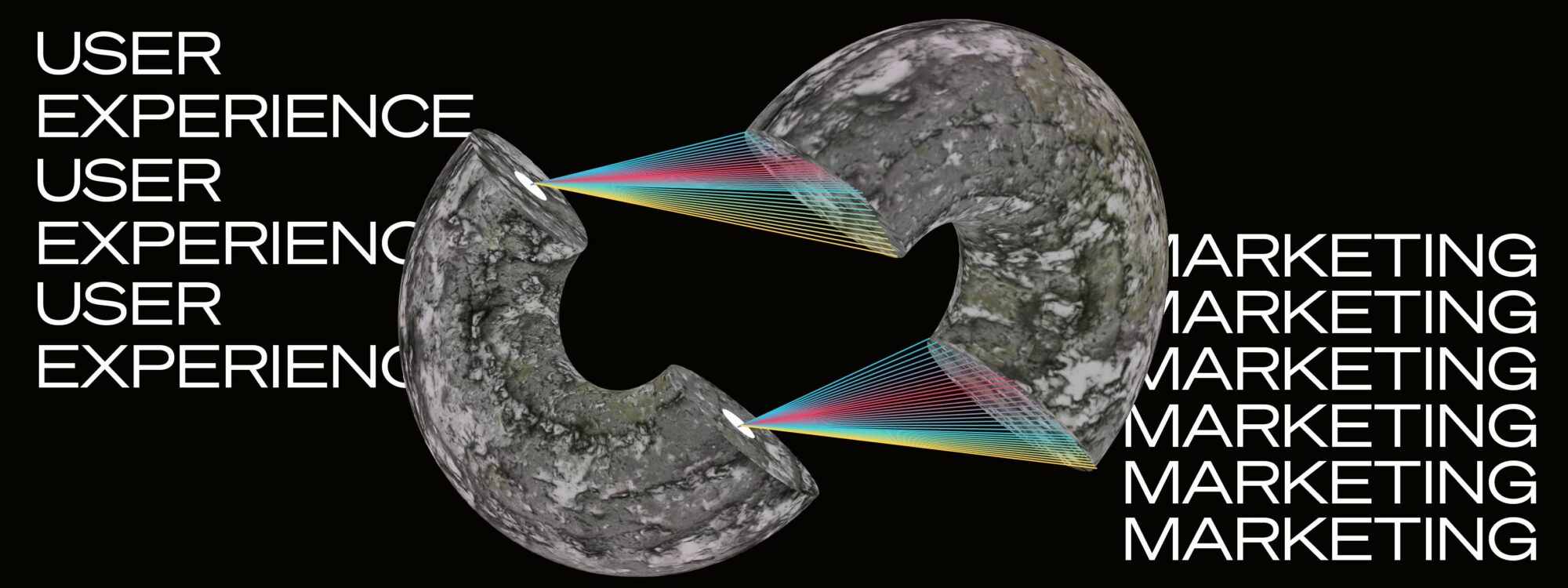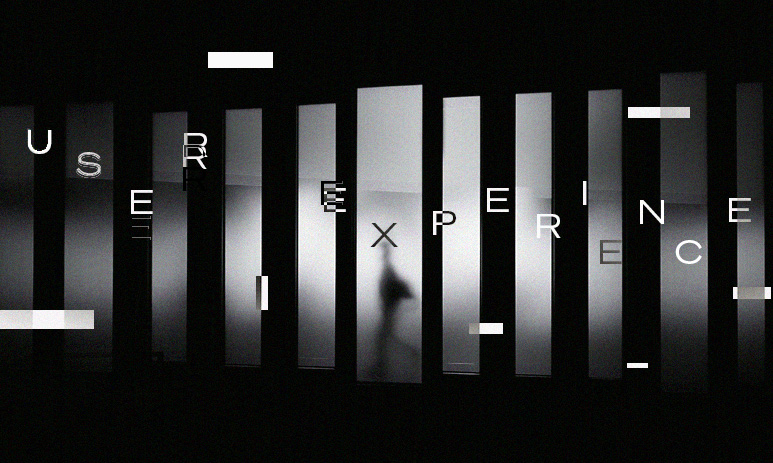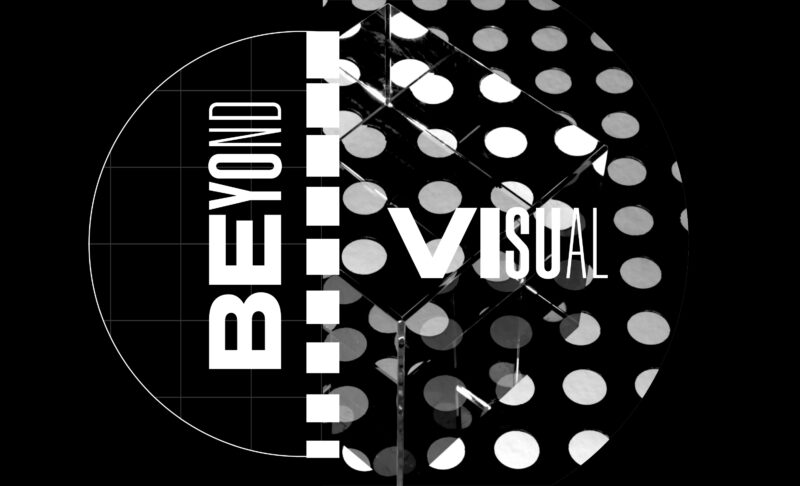Related Services
Credits
Writer: Dejan Kvrgic

Personalization has been the biggest buzzword in the marketing world for quite a few years now.
We can’t deny the importance of personalization – but it is vital for it to start at the beginning, with product design and development.
Because here’s the thing:
UX design and marketing are two sides of the same user-attracting coin.
And sure, you can waste more time arguing which one’s more important for the success of your product – but the reality is that UX design and marketing coexist. Not only that, they are actually influenced by one another. Their interconnected nature – and, to a degree, even codependence – is something that’s worth exploring as an integral part of user-centric product design. So, that’s what we’ll be doing today.
UX Design Vs. Marketing: Outlining The Differences
Let’s define UX (User Experience) design first – and go from there:
UX design is primarily about enhancing the user experience (hence the name) by improving the accessibility, usability, and efficiency of the interaction between the user and the product. So, it’s about creating something that meets users’ expectations and making sure each interaction is as user-friendly, enriching, and delightful as it can be.
Now, while you likely have your own idea of what marketing is, we’ll still throw in a summary for good measure:
When you strip the definition of “marketing” down to its basics, it’s essentially about introducing consumers to your products or services and increasing conversion rates. It’s about gathering mountains of data and then attempting to find similar patterns and trends in an effort to understand user preferences and behaviors of larger audience segments. And so, while UX design teams create for the user, marketing teams create for soon-to-be users – people who will soon discover and, hopefully, start using a product or service. They’re the ones who introduce the product to the end-user.
Or, in as few words as possible:
Marketing explains and sells; UX design employs empathy and serves the customer.
Why UX Design & Marketing Should Work Together
So, if the main idea behind marketing is increasing value for the business, one could argue that UX design is about creating value for the end-user. But despite what you may assume based on that oversimplified summary, that doesn’t mean that they can’t – or shouldn’t – work together. While there may be some tensions between marketing and UX design, it’s essential to note that the two must join forces to ensure long-term growth and deliver superb user experiences. It may seem like the gap between these fields is still insurmountable – but it’s steadily shrinking.
Remember:
It’s about knowing what the customer wants – and finding a way to meet that expectation. And to achieve that, UX design and marketing teams must work together in a balanced way where both teams provide equal value – but from different directions.
With that said, let’s go over a few reasons why there’s no point in drawing that line between UX design and marketing any longer – especially when creating a product:
1. Your ultimate goal is to ensure customer satisfaction, right? But that starts at the drawing board, during the earliest design stages. Knowing what your target customers want – and don’t want – is vital for designing any product. Embracing the customer-centric approach in design not only meets the user’s needs but boosts your conversions and gives you a distinct edge over the competition.
2. Fail to meet a customer’s needs, and they’ll be quick to replace you with another brand. But give your customer what they want – and they’ll gladly become your brand’s biggest advocate. Yeah, sometimes, it’s that simple. Don’t forget; word of mouth can do wonders for your business.
3. UX design could make your product more marketable and act as a “gentle nudge” in the right direction, further down the conversion funnel. Instead of focusing solely on boosting your conversions, put in the effort to improve your UX design. Good marketing strategies can put you on the customer’s radar; UX design takes over to guide them to conversion – and ensure that everything else just falls into place.
4. SEO is generally something that the digital marketing department should be dealing with – except that’s not entirely true. As it turns out, better UX design equals better SEO. Sites that offer a good user experience and meet users’ search intents have low bounce rates, which, in turn, leads to better visibility in search engines.
5. Marketing educates your target audiences, explains the value of your product or service, and convinces them to take action. That means your messaging is crucial, but your copy is only one part of the equation. How it’s all organized and laid out is just as important – and that’s where UX design can help make your messaging clearer and more impactful.
How Marketing Can Contribute To Better UX Design (And Vice Versa)
Marketing is, by default, about gathering data – mountains upon mountains of data – about target audiences, their behaviors, and preferences and adding quantitative metrics to things like brand loyalty or the size of the market that’s being targeted. It’s a rather simplified summary of what marketing does – but you get the point. Marketing research and UX research – with the latter mainly focusing on target users’ wants and needs – should meet in the middle to figure out how they can achieve their respective objectives.
You need a deep understanding of your customers’ needs and goals at each engagement point to cater to them. That understanding comes with extensive research – from buyer personas and journey maps to market research and competitor analysis. Employing marketing research in the earliest stages of product discovery and design and asking the right questions as part of your customer surveys could be beneficial, too. At the very least, it can help you make effective decisions – and allocate resources based on real insights from your target market. So, UX design can, in a sense, be viewed as a foundation for all your other marketing efforts. A customer-centric design can be the basis of attracting users, driving engagement – and boosting conversions. One needs the positive push and inputs of the other to shape the right user experience; there is no way around it.
Final Thoughts About UX Design & Marketing In 2022
The complementary role of marketing and UX design – and the need for the two to work hand in hand – for the success of any product should be evident by now. Because everything else aside, UX design and marketing have one major thing in common: Both strive to understand customer behavior in one way or another – and build brand loyalty.
Sure, the two fields might not be core-compatible, but if used wisely and with a proper balance, both can be powerful assets when it comes to ensuring the success of your business. Don’t forget that creating a stellar user experience is, in itself, a form of marketing. Start product design and development off on the right note, and you’re bound to see results in everything that follows. If your brand is struggling with bridging the gap between UX design and marketing, get in touch with our team. Pastilla can help guide you in the right direction!


